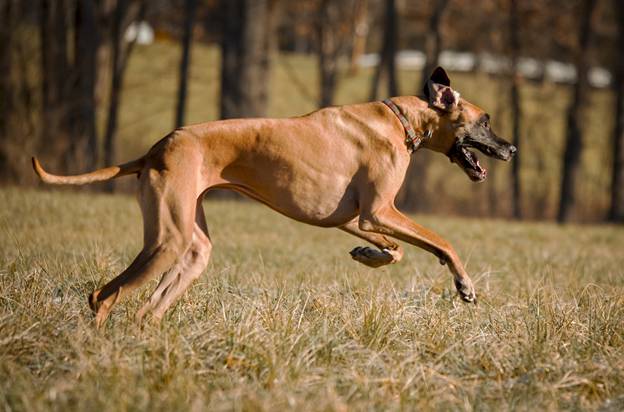
1. Great Danes
These gentle giants are favored by lovers of large dogs, but they’re also at a higher risk of developing GDV (gastric dilatation and volvulus) more commonly called “bloat.” But it’s not just the Danes that are in danger, any giant breed of dog with a deep chest is more susceptible to this condition of unknown origin. Fortunately, if caught early it can be treated.
2. German Shepherds
These
highly intelligent and active dogs have long held a reputation for having
trouble with their joints, especially hip dysplasia. Similar to the Great Dane, this disorder is common in many large breeds and since it’s
genetically passed down, over-breeding may be to blame for its prevalence in these particular types of canines.
3. Bulldogs (and Pugs)
Due to the shape of their heads, short length of their snout or simply a face that appears “smashed,” these traits put pugs and Bulldogs at a greater risk of developing breathing problems. From snoring to grunting, you may hear visible signs that these breeds can struggle with their respiration at times.
4. Cocker Spaniels
With those adorable, long, floppy, curly-haired ears, it’s no wonder these dependable dogs are more prone to ear infections. The length and weight of their oversized ears can cause problems since the inside parts of their auditory canals literally rarely see the light of day.
5. Dachshunds
Elongated backs cause Dachshunds to have more
spinal injuries and vertebrae conditions compared to dogs with shorter spines. Jumping off furniture, being overweight and too much time spent climbing stairs can also contribute to more problems for them.

